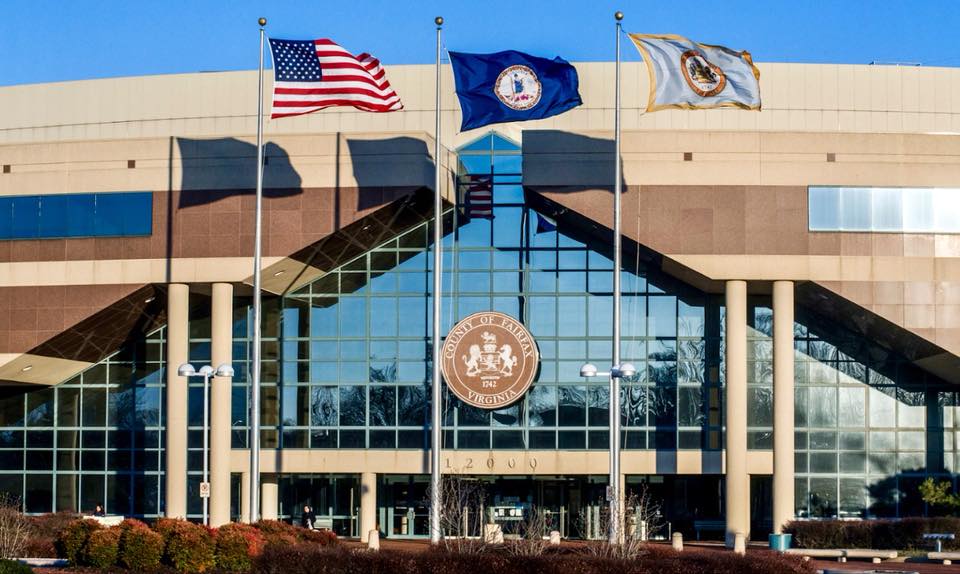Braving the Cold: How to Safeguard Your Fairfax, VA Chimney from Freeze-Thaw Damage
Winter is coming. As temperatures plunge and the first frost creeps in, every homeowner in Fairfax, VA, realizes the importance of a well-functioning chimney. The heartwarming comfort of a crackling fire becomes a cherished memory when the chilly winds start to blow. But the frosty weather in Fairfax can take a toll on your chimney, leading to a phenomenon known as freeze-thaw damage. This can lead to severe structural issues if not addressed promptly. This is where companies like A&T Chimney Sweeps fireplace, furnace, dryer vent, gutter cleaning and repair services in Fairfax VA come into the picture, providing expert assistance to keep your chimney in top shape.
Understanding Freeze-Thaw Damage
Freeze-thaw damage occurs when water permeates the masonry of your chimney, freezes, expands, and then thaws. This cycle of freezing and thawing can cause the masonry to crack, crumble, or even completely collapse over time. The freeze-thaw cycle is particularly harmful during the harsh Fairfax winters, making it crucial to protect your chimney from potential damage.
Preventing Freeze-Thaw Damage
1. Waterproofing: Waterproofing is the first and most essential step in preventing freeze-thaw damage. A professional chimney sweep can apply a waterproofing agent to your chimney to make it resistant to water penetration. This agent allows the chimney to breathe out moisture but doesn’t let water in, thus protecting your masonry from damaging freeze-thaw cycles.
2. Chimney Caps: Installing a chimney cap is another effective measure to prevent water from entering your chimney. A sturdy and well-installed chimney cap also keeps out animals and debris, acting as an all-around protective shield for your chimney.
3. Regular Maintenance: Regular chimney inspections and maintenance play a critical role in preventing freeze-thaw damage. These inspections can help identify and address issues before they escalate into significant concerns.
4. Repairing Cracks: Existing cracks in the chimney masonry should be repaired promptly to prevent further freeze-thaw damage. Any delay in addressing these cracks can lead to more severe damage and costly repairs in the future.
5. Installing a Chimney Liner: A chimney liner acts as an extra layer of protection for your chimney, safeguarding it from severe weather conditions. If your chimney doesn’t already have a liner, consider installing one to enhance its durability.
6. Tuckpointing: Tuckpointing involves removing deteriorated mortar from the joints of a masonry chimney and replacing it with fresh mortar. This can help maintain the structural integrity of your chimney and prevent freeze-thaw damage.
Braving the harsh cold of Fairfax winters requires more than just a warm fireplace. It demands a strong and well-maintained chimney that can withstand the freeze-thaw cycles. By investing in preventive measures, you can ensure your chimney stays in prime condition, providing you with warmth and comfort throughout the chilly season.
FAQs
1. What is freeze-thaw damage?
Freeze-thaw damage occurs when water seeps into the masonry of your chimney, freezes, expands, and then thaws. This cycle can cause the masonry to crack, crumble, or even collapse over time.
2. How can I prevent freeze-thaw damage in my chimney?
Prevention measures include waterproofing your chimney, installing a chimney cap, regular maintenance, repairing cracks promptly, installing a chimney liner, and tuckpointing.
3. How often should I have my chimney inspected?
The National Fire Protection Association recommends that chimneys, fireplaces, and vents should be inspected at least once a year.
4. What is a chimney liner, and how does it help?
A chimney liner acts as an extra layer of protection for your chimney, safeguarding it against the harsh weather conditions. It helps maintain the integrity of your chimney and can also improve its efficiency.
5. What is tuckpointing?
Tuckpointing involves removing deteriorated mortar from the joints of a masonry chimney and replacing it with fresh mortar. It helps maintain the structural integrity of your chimney and can prevent freeze-thaw damage.
By taking proactive steps to protect your chimney from freeze-thaw damage, you can enjoy the cozy comfort of your fireplace even in the harshest of Fairfax winters. Remember, a well-maintained chimney is not just a luxury; it’s a necessity.








